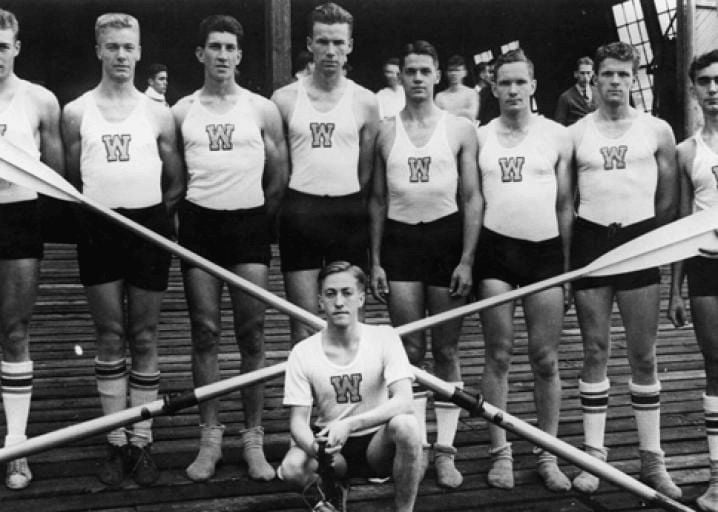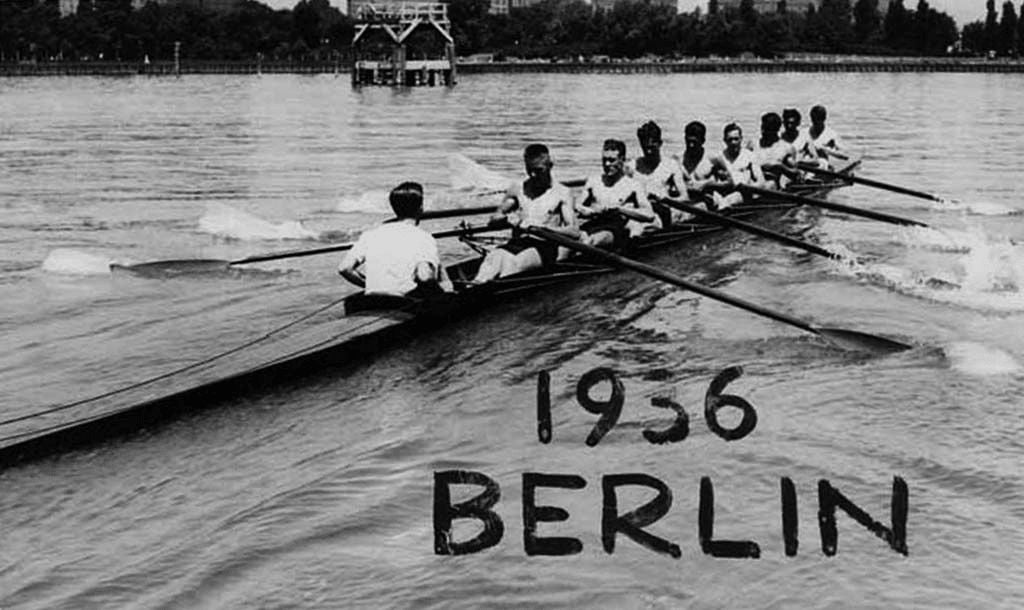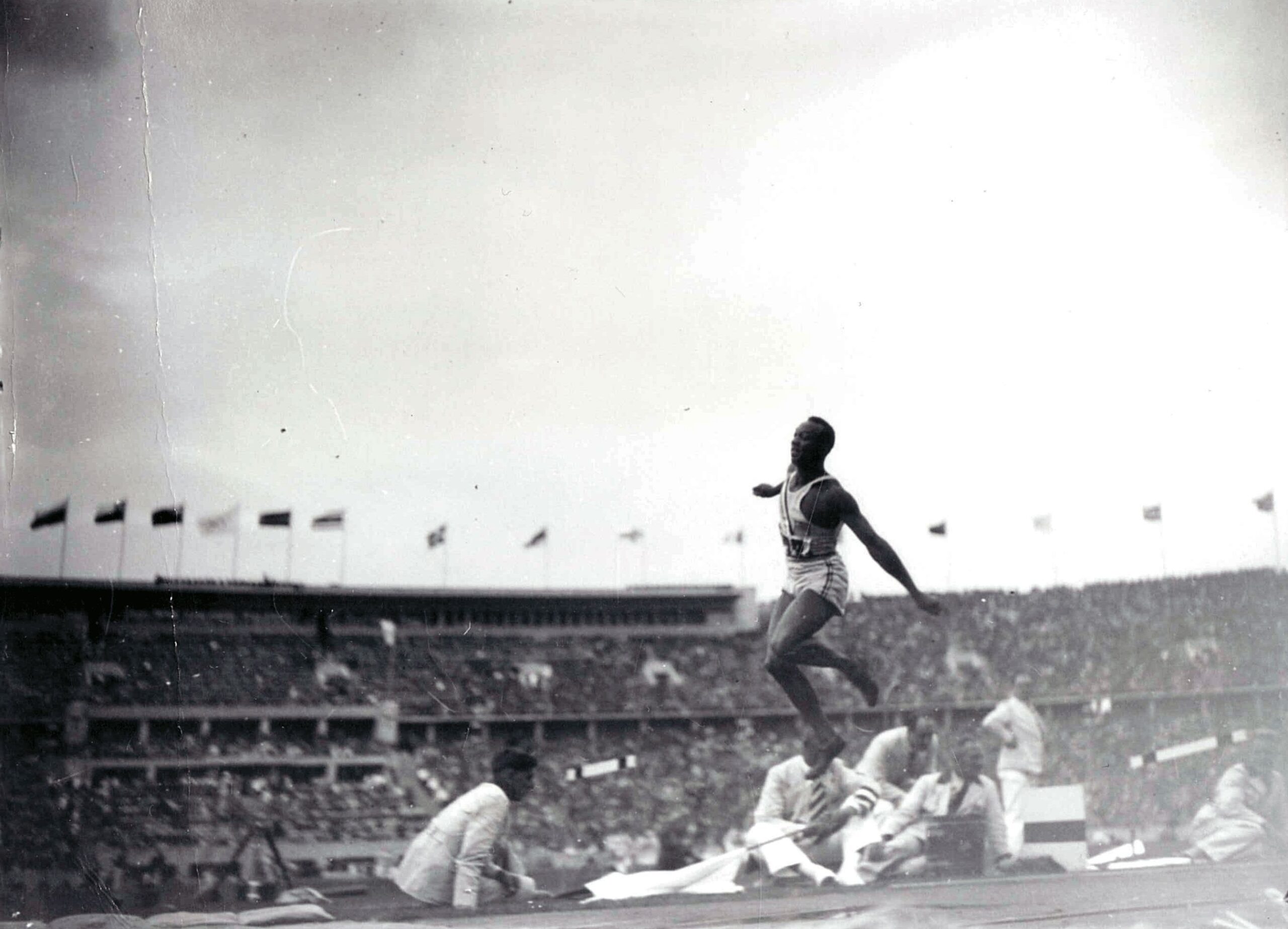When one stumbles upon a story like ‘The Boys in the Boat’, it’s natural to wonder about the roots of its narrative. Is it a mere work of fiction, or is there truth behind the tale? Daniel James Brown’s book has garnered attention not just for its storytelling but also for its historical significance. Let’s delve into the aspects that lend this narrative its veracity.
The Boys in the Boat book
Daniel James Brown’s ‘The Boys in the Boat’ captures an underdog story set against the grim backdrop of the Great Depression. It’s a tale that resonates with struggle and triumph, following nine young men who rowed their way to glory at the 1936 Berlin Olympics. The book’s reception was as warm as its narrative, becoming a #1 New York Times Bestseller and selling over a million copies. A testament to its impact is a reader’s recommendation: If you are looking for a great book to read over the July Fourth weekend, I have the one for you! I just finished The Boys in the Boat by Daniel James Brown, and I highly recommend it.
1936 Berlin Olympics
The stage for our rowers’ victory was none other than the 1936 Berlin Olympics, an event etched in history not only for athletic prowess but also for its political undertones. It was here that Jesse Owens defied Hitler’s Aryan supremacy myth by winning four gold medals. This same Olympics saw our University of Washington heroes clinch gold in front of Hitler, which is described as a fiercely competitive and somewhat ‘rigged’ eight-man crew race.


University of Washingtons rowing team

 The heart of this story beats with the pulse of the University of Washington’s rowing team. These were not men of privilege but sons of lumbermen, farmers, and workers. Their journey to Olympic gold was more than just physical; it was a testament to their determination and resilience against all odds. They were described as
The heart of this story beats with the pulse of the University of Washington’s rowing team. These were not men of privilege but sons of lumbermen, farmers, and workers. Their journey to Olympic gold was more than just physical; it was a testament to their determination and resilience against all odds. They were described as a rag-tag group of castoffs who didn’t fit the usual mold of privileged youth participating in crew,
which only adds depth to their eventual triumph.
Joe Rantz

 Central to our narrative is Joe Rantz, a man whose personal saga intertwines with that of his team. His story is one of abandonment and perseverance, a young man who, despite personal hardships, found solace and success in the waters that led him to Olympic victory. His life is poignantly captured by Brown, who learned about Rantz’s experiences firsthand as he lay on his deathbed.
Central to our narrative is Joe Rantz, a man whose personal saga intertwines with that of his team. His story is one of abandonment and perseverance, a young man who, despite personal hardships, found solace and success in the waters that led him to Olympic victory. His life is poignantly captured by Brown, who learned about Rantz’s experiences firsthand as he lay on his deathbed.
Primary sources and interviews
The authenticity of ‘The Boys in the Boat’ is anchored in the meticulous research done by Brown. He didn’t just rely on second-hand tales but went straight to the source, pulling threads from the lives he portrayed. Primary sources and interviews with surviving crew members were pivotal, like George Pocock’s insights on shell building. Brown even recounts his initial meeting with Joe Rantz: This book was born on a cold, drizzly, late spring day when I clambered over the split-rail cedar fence that surrounds my pasture and made my way through wet woods to the modest frame house where Joe Rantz lay dying.


Comparisons to historical records
To ascertain the veracity of ‘The Boys in the Boat’, one must look at how it aligns with historical records. The narrative does not shy away from detailing political tensions or personal struggles that mirror true events. Joe Rantz reminisced about his Olympic experience under Hitler’s watchful eye, which Brown juxtaposes against broader historical contexts with care. Such diligence ensures that readers receive not just a compelling story but an accurate representation of a remarkable time in history. 


